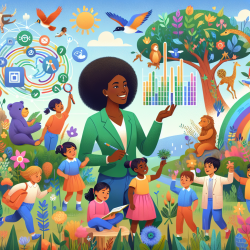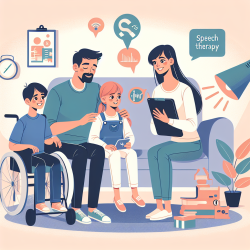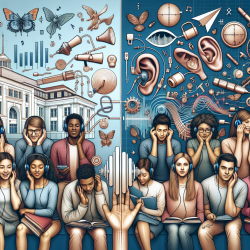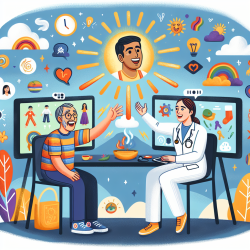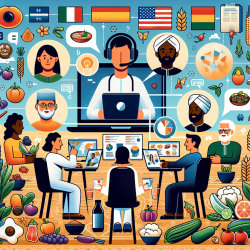Introduction
In the realm of speech-language pathology, practitioners are constantly seeking innovative approaches to enhance therapeutic outcomes for children. The research article, Re/turning to soil: becoming one-bodied with the Earth, offers a unique perspective that can be leveraged to enrich our practices. This paper explores the epistemic and ontic shifts from a Modern Western mindset to a holistic, embodied, and animistic mindset, emphasizing the interconnectedness of humans and the Earth.
Understanding the Research
The authors of the research paper present experiential narratives and poetry to illustrate a shift in consciousness that involves the whole ensemble of "body + mind + heart + soul + spirit + the world." This shift is not merely cognitive but a holistic process that takes into account the interconnectedness of all beings. By exploring these narratives, practitioners can gain insights into how these transformations can be applied to their work with children.
Implications for Speech-Language Pathology
Incorporating the principles of ecological awareness and holistic education into speech-language pathology can have profound implications for child development. Here are some ways practitioners can implement these ideas:
- Fostering Connection: Encourage children to develop a sense of connection with their environment. Activities that involve nature can enhance their communication skills by providing rich, sensory experiences.
- Holistic Assessment: Consider the child's environment and cultural background as integral components of assessment. Understanding the child's ecological context can lead to more personalized and effective interventions.
- Mindfulness Practices: Integrate mindfulness and contemplative practices into therapy sessions. These practices can help children develop self-awareness and emotional regulation, which are crucial for effective communication.
Encouraging Further Research
Practitioners are encouraged to delve deeper into the concepts presented in the research paper. By exploring the interconnectedness of humans and the Earth, speech-language pathologists can develop innovative approaches that not only address communication disorders but also foster a sense of belonging and well-being in children.
Conclusion
The research article "Re/turning to soil: becoming one-bodied with the Earth" provides a compelling argument for shifting our perspectives in speech-language pathology. By embracing holistic and ecological approaches, we can create more meaningful and effective therapeutic experiences for children. To read the original research paper, please follow this link: Re/turning to soil: becoming one-bodied with the Earth.
